Importance Of Allowing Ribs To Rest Before Serving
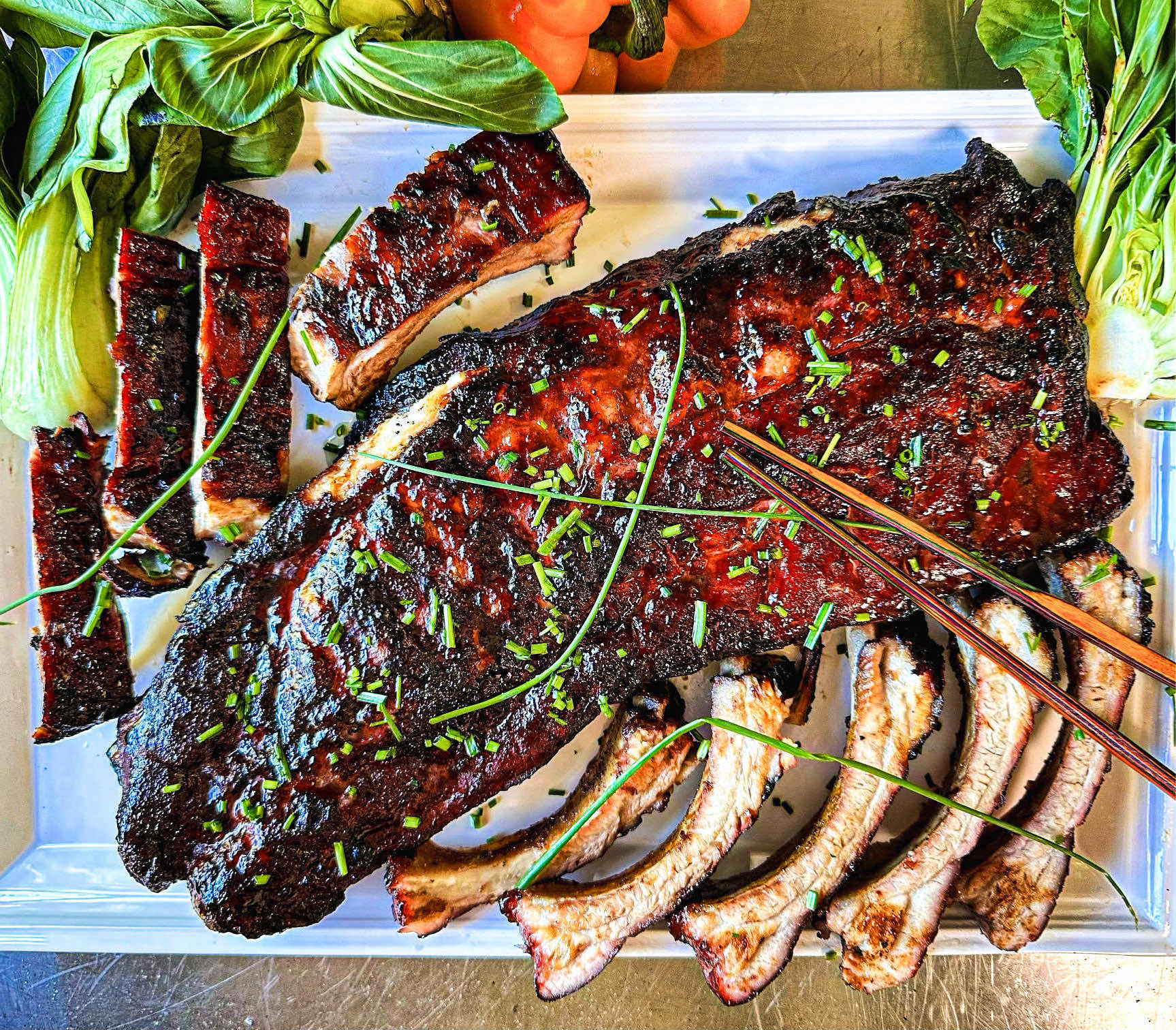
Allowing ribs to rest before serving is crucial for achieving optimal flavor and tenderness. Resting the meat allows the juices to redistribute evenly throughout the ribs, resulting in a juicier and more flavorful bite. Additionally, resting ribs helps to improve their tenderness by allowing the muscle fibers to relax and become more tender. By giving your ribs the necessary time to settle, you can ensure a more enjoyable dining experience with tender, juicy, and flavorful meat. Don’t underestimate the importance of this simple step in achieving the best results when cooking ribs.
Why Resting Ribs Is Crucial For Flavor
Resting ribs before serving is crucial for achieving optimal flavor. When ribs are cooked, the heat causes the moisture and juices to be forced towards the center of the meat. By allowing the meat to rest, these juices have time to redistribute evenly throughout the ribs, resulting in a juicier and more flavorful bite. Resting also allows the flavors to fully develop and intensify. So, while it may be tempting to dive right into your deliciously cooked ribs, giving them a few minutes to rest will significantly enhance the flavor and make your dining experience even more enjoyable.
Resting Ribs To Improve Tenderness And Juiciness
Resting ribs before serving is not only crucial for flavor, but it also plays a significant role in improving the tenderness and juiciness of the meat. When ribs are cooked, the heat causes the moisture and juices to be forced towards the center of the meat. Allowing the ribs to rest for a few minutes after cooking allows these juices to redistribute evenly throughout the meat, resulting in a tender and juicy bite. This resting period also helps the flavors to fully develop and intensify, making the ribs even more enjoyable to eat. So, don’t skip the resting step if you want perfectly tender and juicy ribs.
Ideal Resting Time For Ribs
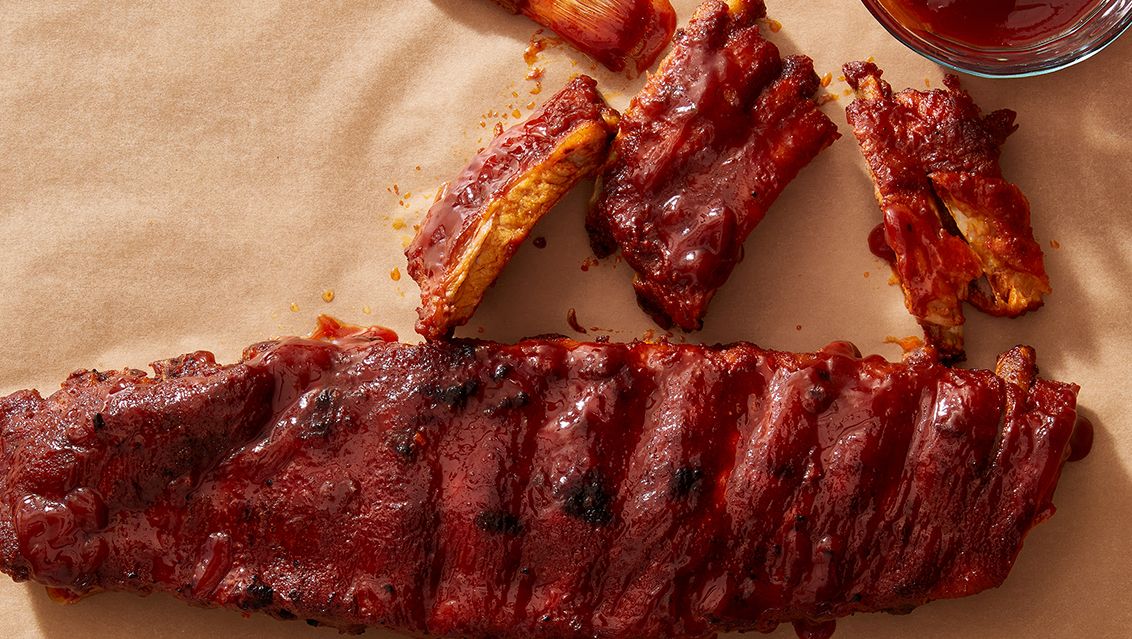
The ideal resting time for ribs is recommended to be around 10-15 minutes. However, the actual resting time for your ribs can vary depending on your personal preference and the size of the meat cuts. It is important not to let your ribs rest for too long, as they will start to cool off. During the resting period, the protein fibers in the meat relax and reabsorb the moisture that was forced out during the smoking process. This results in enhanced tenderness and juiciness, making the ribs even more enjoyable to eat.
Recommended Time For Resting Ribs
The recommended resting time for ribs is generally around 10-15 minutes. This allows the meat to settle and the flavors to develop further. However, it is important to note that the actual resting time can vary depending on personal preference and the size of the meat cuts. It is crucial not to let the ribs rest for too long, as they may start to cool off. By resting the ribs for the recommended time, you can ensure they are tender, juicy, and flavorful when served.
Factors Affecting The Resting Time Of Ribs
Several factors can influence the resting time of ribs. The size and thickness of the meat cuts play a significant role, as larger cuts may require more time to settle. Additionally, the cooking method used can affect the resting time. For example, if the ribs were smoked low and slow, they may benefit from a longer resting period to allow the flavors to develop further. Personal preference also plays a role, as some individuals prefer their ribs slightly cooler or warmer when served. Ultimately, it’s important to consider these factors and adjust the resting time accordingly to achieve the desired results.
Resting Techniques For Ribs
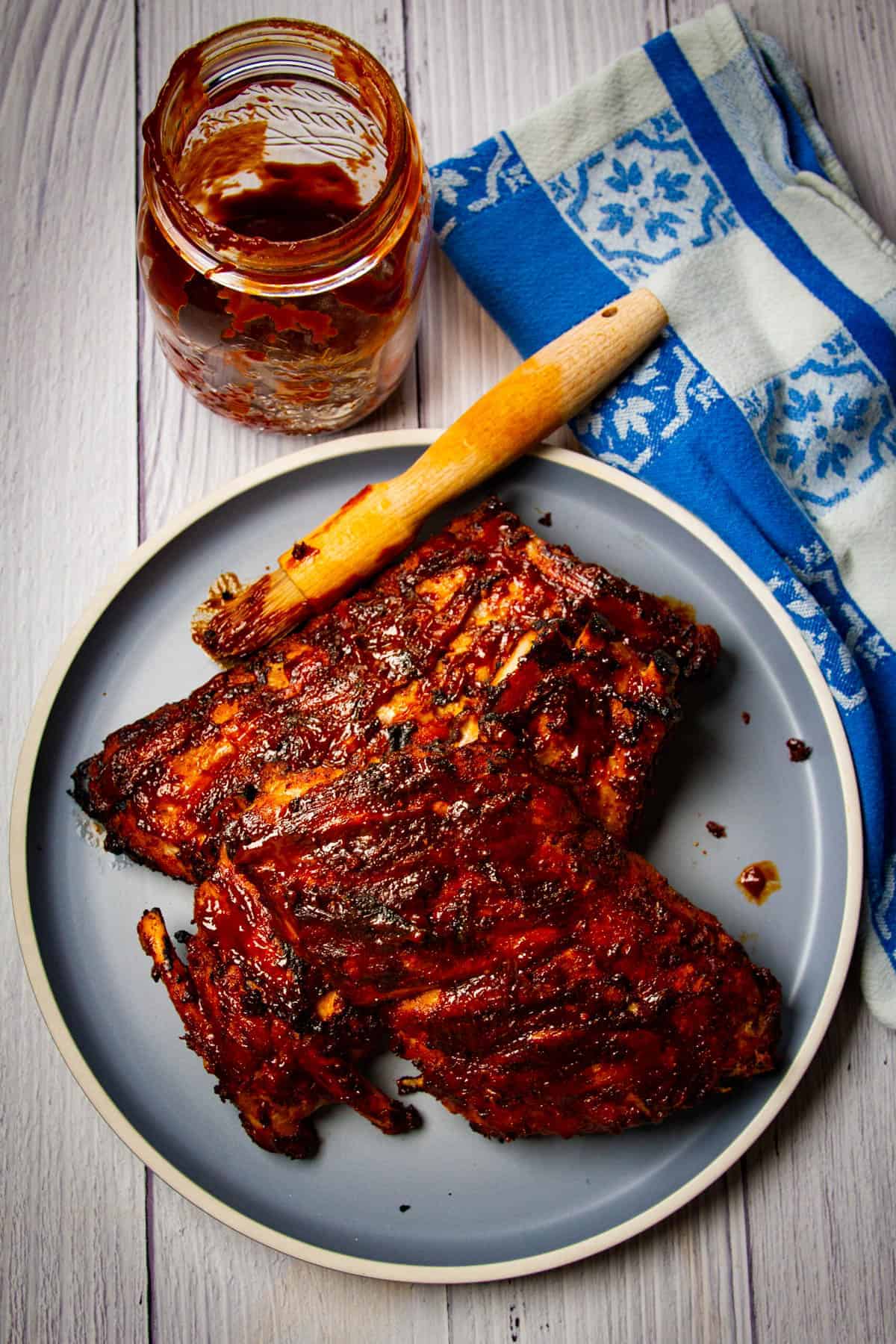
There are different techniques you can use to rest your ribs before serving. One method is to wrap the ribs tightly in foil to retain heat and moisture. This helps them to continue cooking and tenderizing while resting. Another technique is to place the ribs in a cooler or an insulated container, which keeps them hot for a longer period of time. Additionally, some people prefer to rest their ribs on a cutting board or platter without any covering, allowing them to cool slightly before serving. Choose the resting technique that works best for you and enjoy perfectly rested and flavorful ribs.
Different Methods For Resting Ribs
There are different techniques you can use to rest your ribs before serving. One method is to wrap the ribs tightly in foil to retain heat and moisture. This helps them to continue cooking and tenderizing while resting. Another technique is to place the ribs in a cooler or an insulated container, which keeps them hot for a longer period of time. Additionally, some people prefer to rest their ribs on a cutting board or platter without any covering, allowing them to cool slightly before serving. Choose the resting technique that works best for you and enjoy perfectly rested and flavorful ribs.
Choosing The Best Resting Technique For Your Ribs
Choosing the best resting technique for your ribs is crucial to ensure maximum flavor and tenderness. There are various methods you can choose from, including wrapping the ribs tightly in foil to retain heat and moisture, placing them in a cooler or insulated container for extended heat retention, or simply letting them rest on a cutting board or platter uncovered. Each technique has its own advantages, so it’s important to consider factors such as desired tenderness and the amount of time you have available. Experiment with different techniques to find the one that yields the best results for your ribs.
Benefits Of Letting Ribs Rest
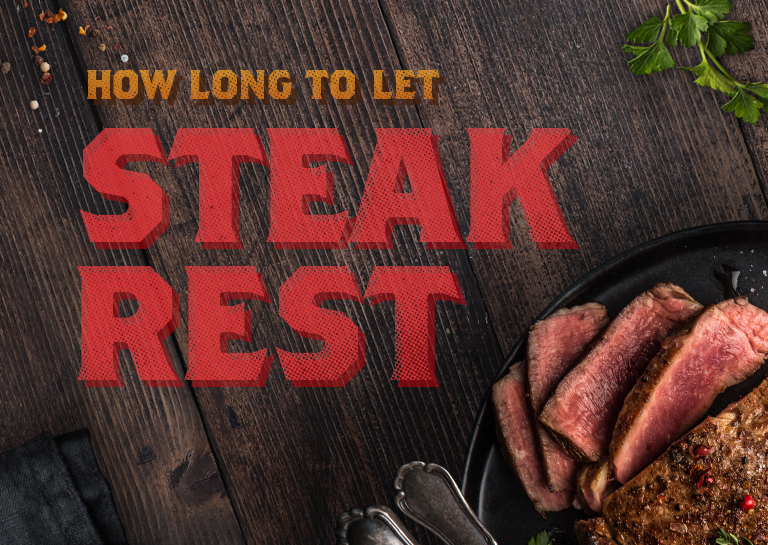
Letting ribs rest after cooking has several benefits. Firstly, it allows for enhanced flavors to develop as the juices redistribute throughout the meat. This results in a more flavorful and juicy final product. Additionally, resting the ribs allows the protein fibers to relax, resulting in a more tender texture. The resting period also provides an opportunity for the ribs to reabsorb any moisture that may have been forced out during the cooking process. Overall, letting ribs rest before serving ensures a more delicious and enjoyable dining experience.
Enhanced Flavors Through Resting Period
During the resting period, the flavors of the ribs have a chance to develop and intensify. As the meat sits, the juices redistribute, allowing the flavors to blend and infuse into every bite. This process leads to a more flavorful and delicious final product. The resting period also allows the spices and seasonings to fully penetrate the meat, enhancing the overall taste. By giving the ribs time to rest, you are allowing the flavors to reach their full potential and ensuring a truly mouthwatering dining experience.
How Resting Impacts The Texture Of Ribs
Resting ribs after cooking plays a significant role in the texture of the meat. When ribs are allowed to rest, the proteins in the meat have time to relax and reabsorb the juices that were forced out during the cooking process. This results in a tender and juicy texture. Additionally, resting allows the connective tissues in the meat to break down further, leading to a more tender bite. The result is ribs that are moist, tender, and easy to bite into, providing a more enjoyable dining experience for everyone.
Tips For Resting Ribs Perfectly
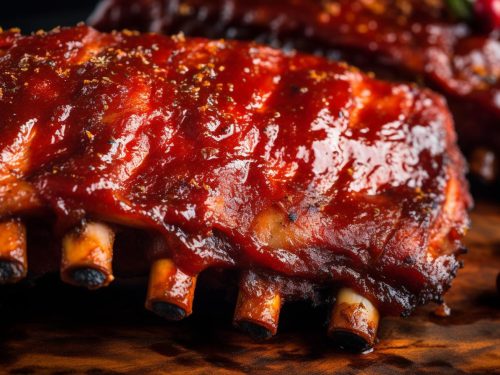
To ensure that you achieve optimal results when resting your ribs, here are some key tips to keep in mind. Firstly, wrap the ribs in aluminum foil or butcher paper to help retain heat and moisture during the resting period. Place the wrapped ribs in a warm, insulated cooler to maintain their temperature. Avoid opening the cooler unnecessarily, as this can cause heat loss. Additionally, consider using a digital thermometer to monitor the internal temperature of the ribs before serving. Lastly, resist the temptation to rush the resting process, as patience is essential for tender and juicy ribs.
Key Tips For Achieving Optimal Resting Results
To achieve optimal resting results for your ribs, follow these key tips. Firstly, wrap the ribs tightly in aluminum foil or butcher paper to retain heat and moisture. Next, place the wrapped ribs in a warm, insulated cooler to maintain their temperature. Avoid opening the cooler unnecessarily to prevent heat loss. Additionally, use a digital thermometer to monitor the internal temperature of the ribs before serving. Patience is crucial, so resist the temptation to rush the resting process. By following these tips, you’ll ensure tender and juicy ribs that are bursting with flavor.
Common Mistakes To Avoid When Resting Ribs
When it comes to resting ribs, there are some common mistakes that you should avoid to ensure the best results. One mistake is unwrapping the ribs too soon, as this can cause them to lose moisture and become dry. Another mistake is placing hot ribs directly on a cold surface, as it can lead to uneven cooling and affect the texture of the meat. Additionally, avoid slicing the ribs immediately after they come off the grill or smoker, as this can cause the juices to escape and result in drier meat. By avoiding these common mistakes, you can enjoy perfectly rested and flavorful ribs.
Conclusion
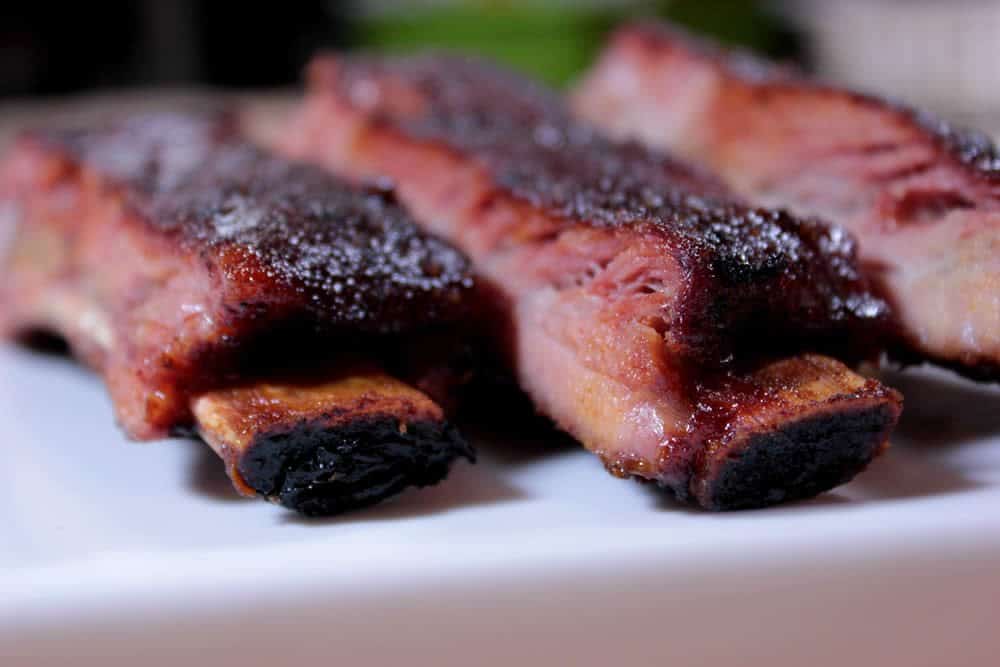
In conclusion, allowing ribs to rest before serving is a crucial step in maximizing flavor, tenderness, and juiciness. The recommended resting time for ribs is typically around 10-20 minutes, depending on the size and thickness of the cuts. By letting the ribs rest, the juices are able to redistribute within the meat, resulting in a more flavorful and moist bite. It is important to choose the right resting technique and avoid common mistakes, such as unwrapping the ribs too soon or slicing them immediately after cooking. By following these tips, you can ensure that your ribs are perfectly rested and ready to be enjoyed.
Summary Of The Importance Of Letting Ribs Rest
Letting ribs rest before serving is crucial for maximizing flavor, tenderness, and juiciness. This important step allows the juices to redistribute within the meat, resulting in a more flavorful and moist bite. While the recommended resting time is typically around 10-15 minutes, it can vary depending on personal preference and the size of the cuts. Resting also enhances the textures of the ribs, making them more tender and enjoyable to eat. By following proper resting techniques and avoiding common mistakes, you can ensure that your ribs are perfectly rested and ready to be savored.
Final Thoughts And Recommendations
In conclusion, letting ribs rest is an essential step for achieving optimal flavor, tenderness, and juiciness. Allowing the meat to settle after cooking helps the flavors to develop and ensures that every bite is moist and flavorful. It is recommended to let the ribs rest for about 10-15 minutes but this can vary based on personal preference and the size of the cuts. Remember to avoid letting them rest for too long as they may cool off. By following proper resting techniques and avoiding common mistakes, you can ensure that your ribs are perfectly rested and ready to be enjoyed.
FAQ About How Long To Let Ribs Rest: Allowing Meat To Settle For Optimal Flavor
Q: Why is it important to let ribs rest after cooking?
A: Allowing ribs to rest after cooking helps the juices redistribute throughout the meat, ensuring a juicy and flavorful end result. It also allows the internal temperature to even out for better texture.
Q: How long should ribs rest before cutting?
A: It is recommended to let ribs rest for about 10-15 minutes before cutting into them. This short resting period will help maintain the juiciness of the meat.
Q: Should ribs be covered while resting?
A: Yes, it is advisable to loosely tent the ribs with foil while they are resting. This helps retain the heat and moisture, keeping the ribs tender.
Q: How do you know if ribs have rested long enough?
A: You can tell if ribs have rested long enough by gently pressing on the meat. If it feels firm yet yielding, they are likely ready to be served.
Q: Can you let ribs rest too long?
A: While it is important to let ribs rest for optimal flavor, letting them rest for too long may cause them to cool down too much. If this happens, you can always warm them slightly before serving.

Stutts House of Barbecue is a haven for BBQ enthusiasts, offering a delectable array of smoked delicacies, including ribs, beef, bologna, and chicken, accompanied by all the trimmings you could ever dream of. Our passion for perfecting the art of smoking meats shines through in every savoury bite. At Stutts House of Barbecue, we take pride in our custom smoking techniques, ensuring that each piece of meat is infused with the perfect blend of smoky flavours. But it doesn’t stop there – our homemade desserts are the cherry on top of a delicious meal, adding a sweet finish to your BBQ experience.